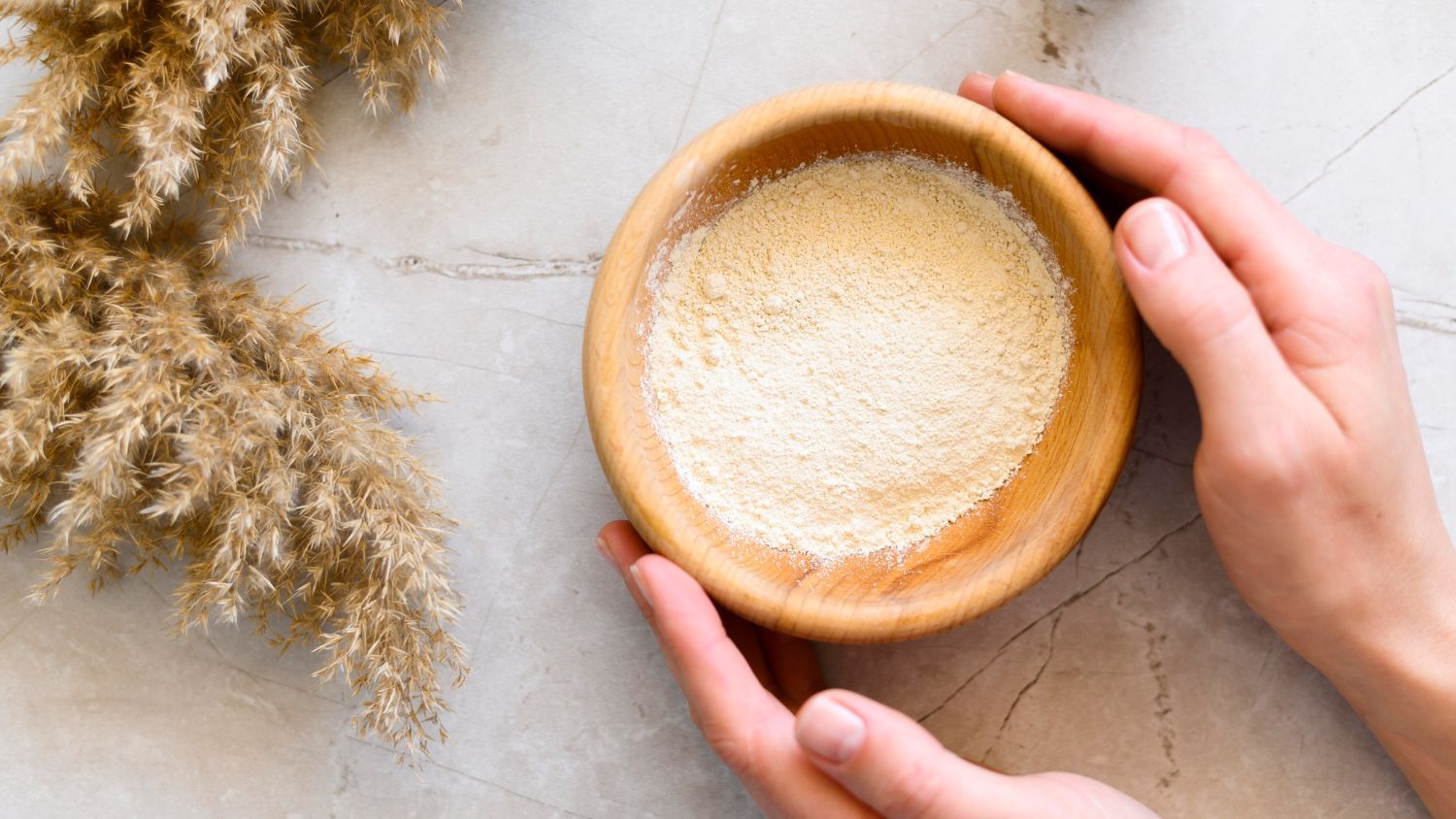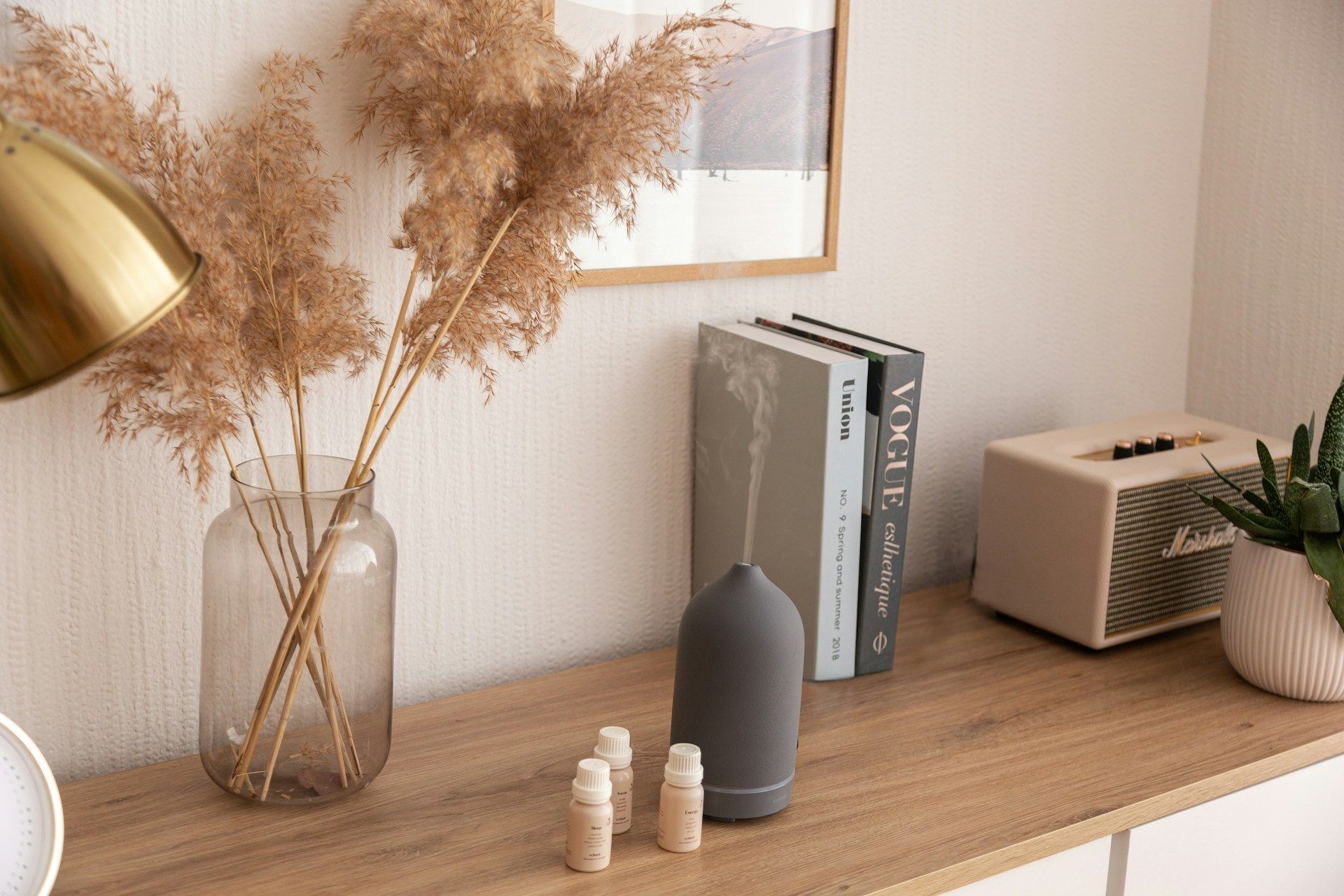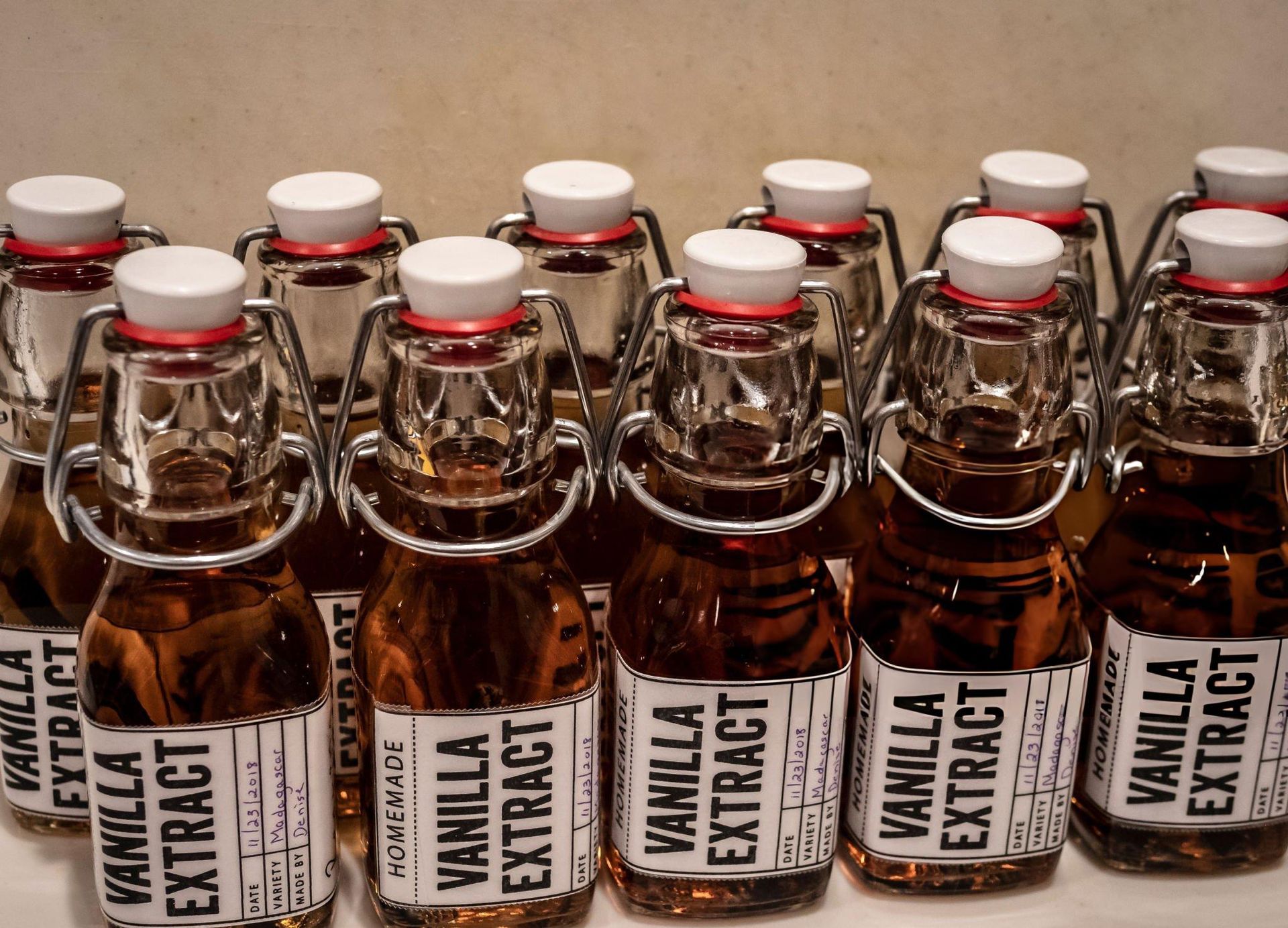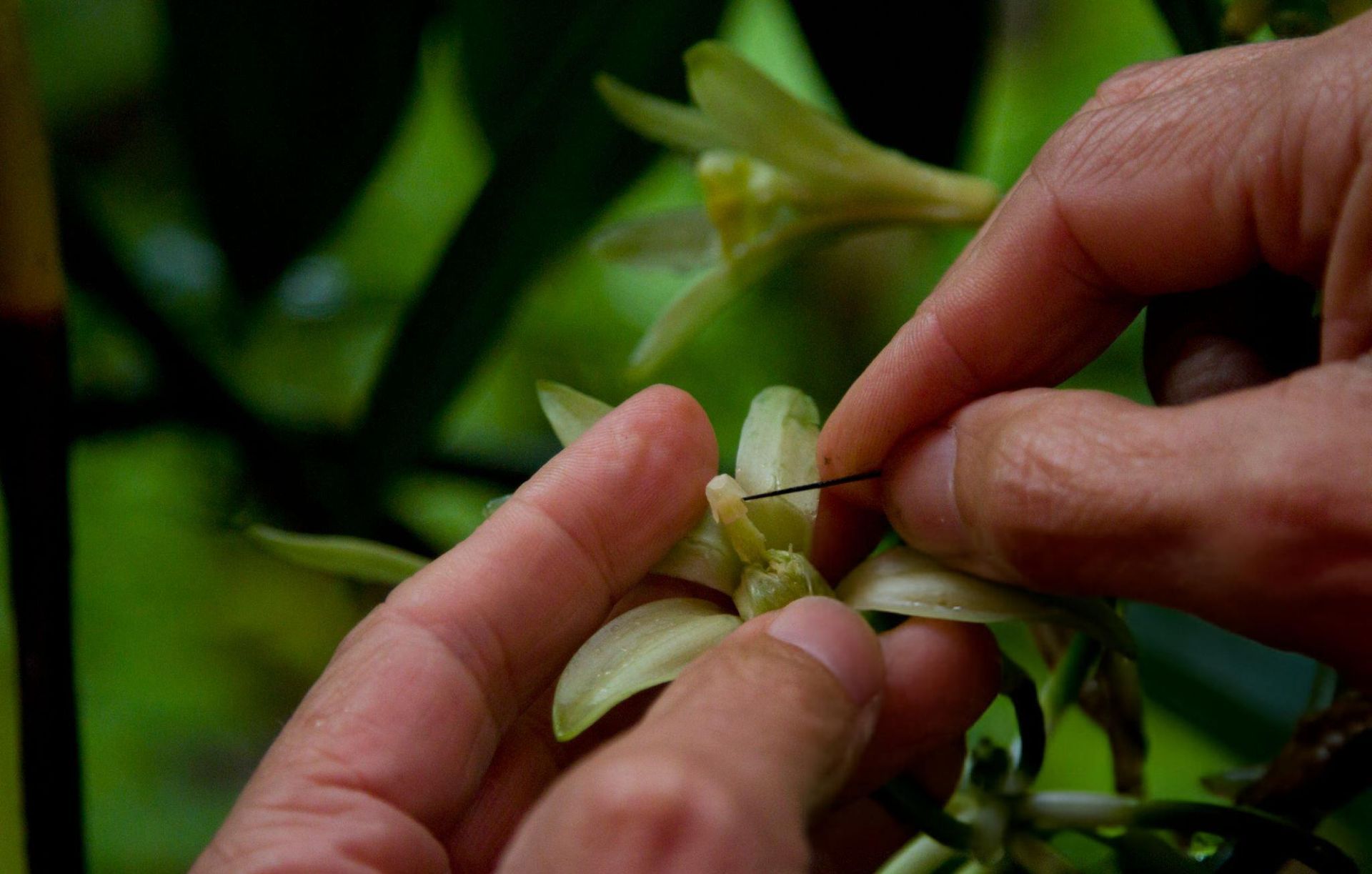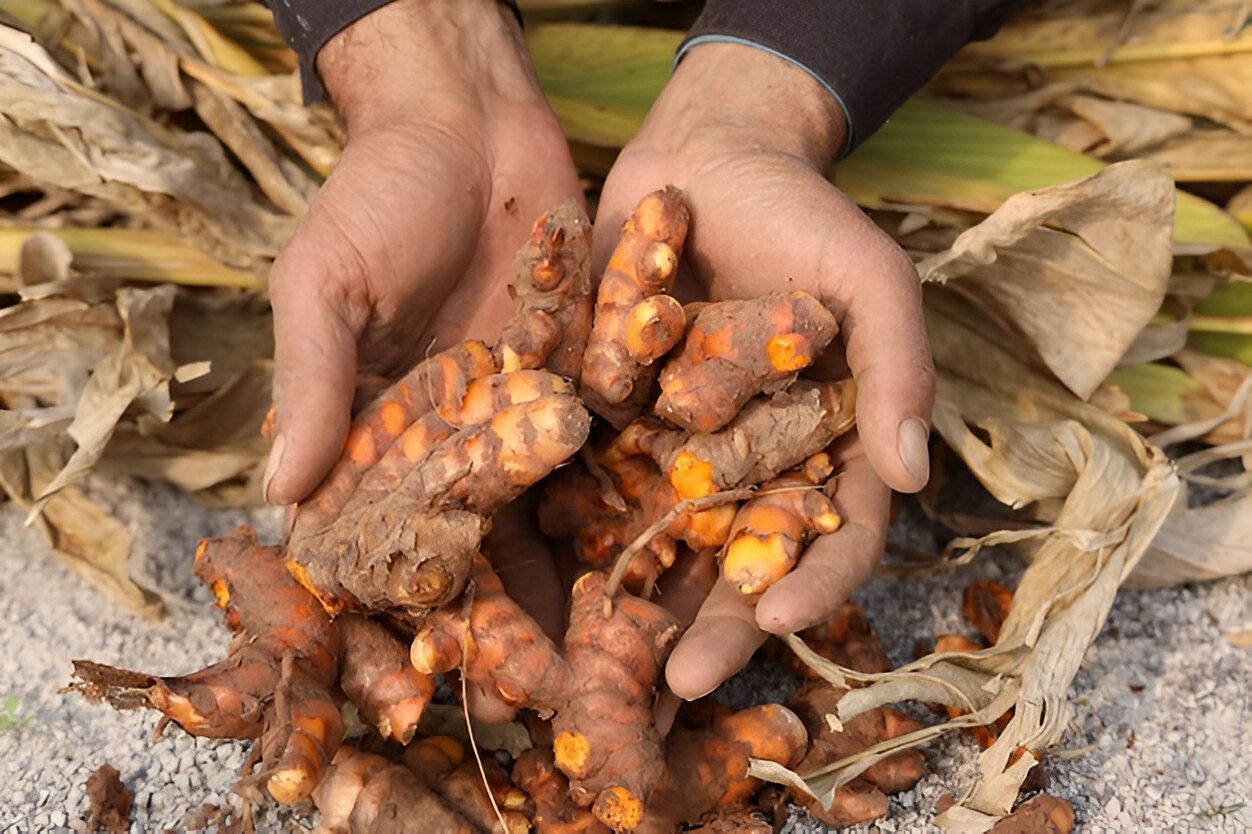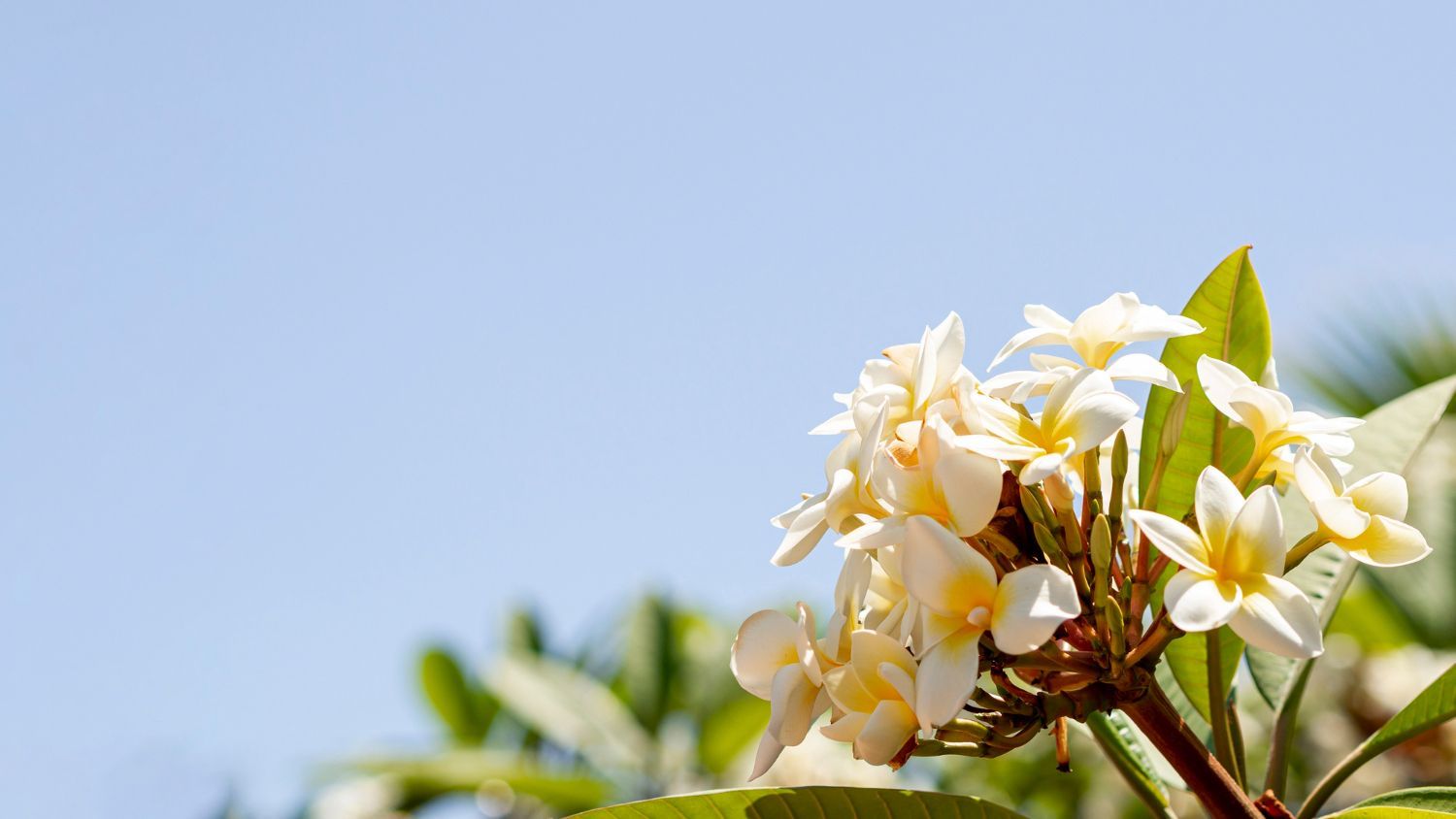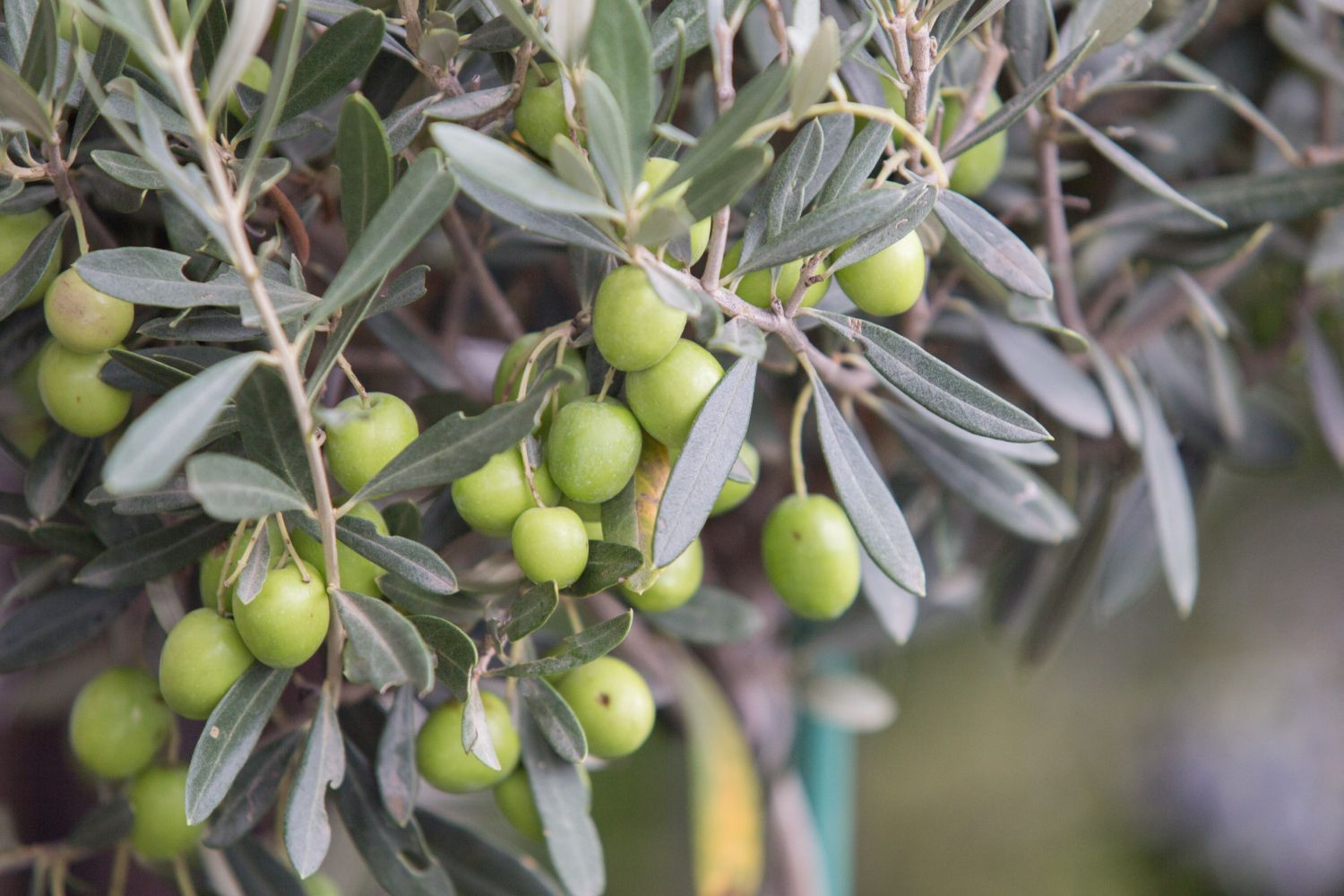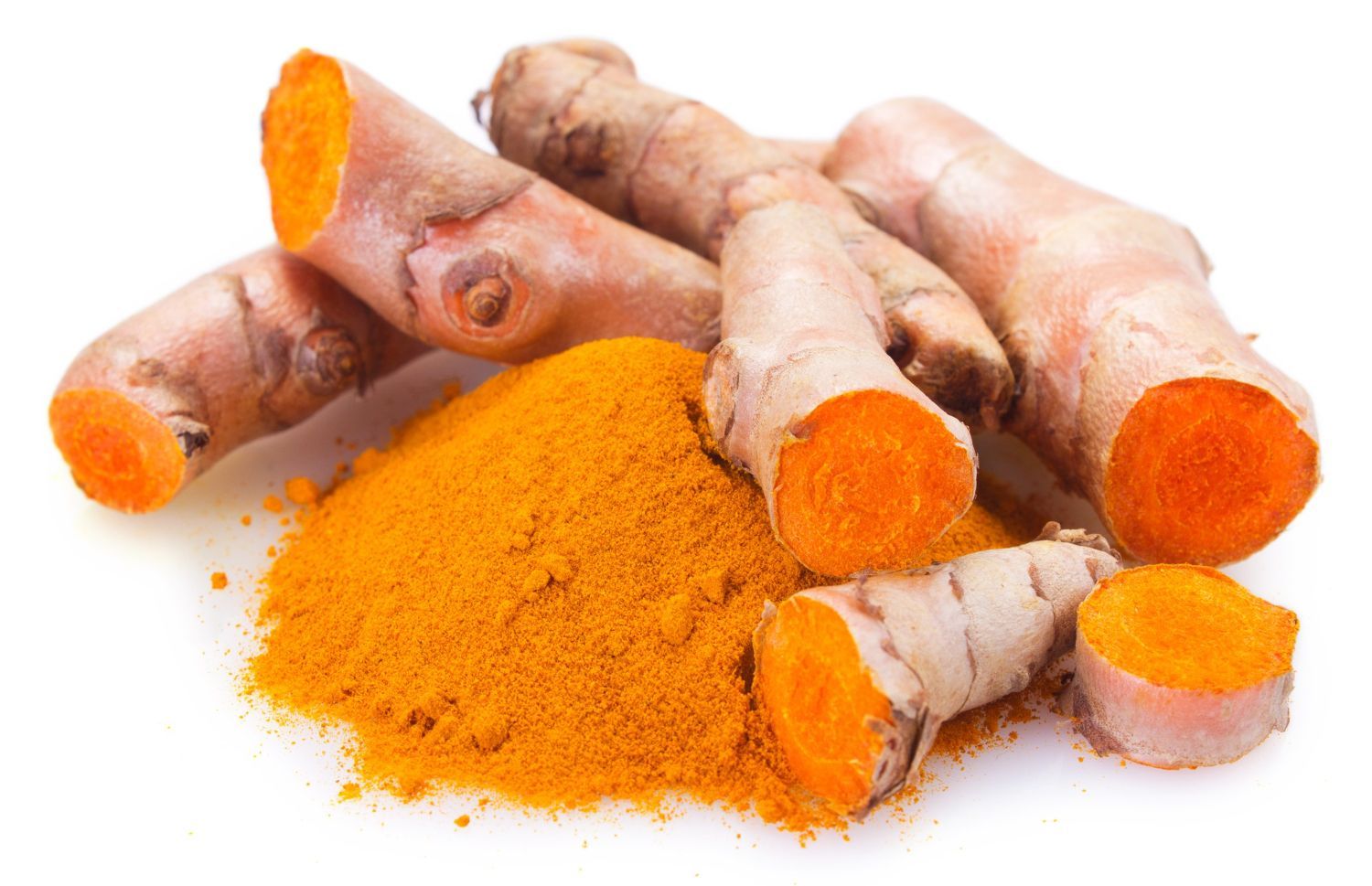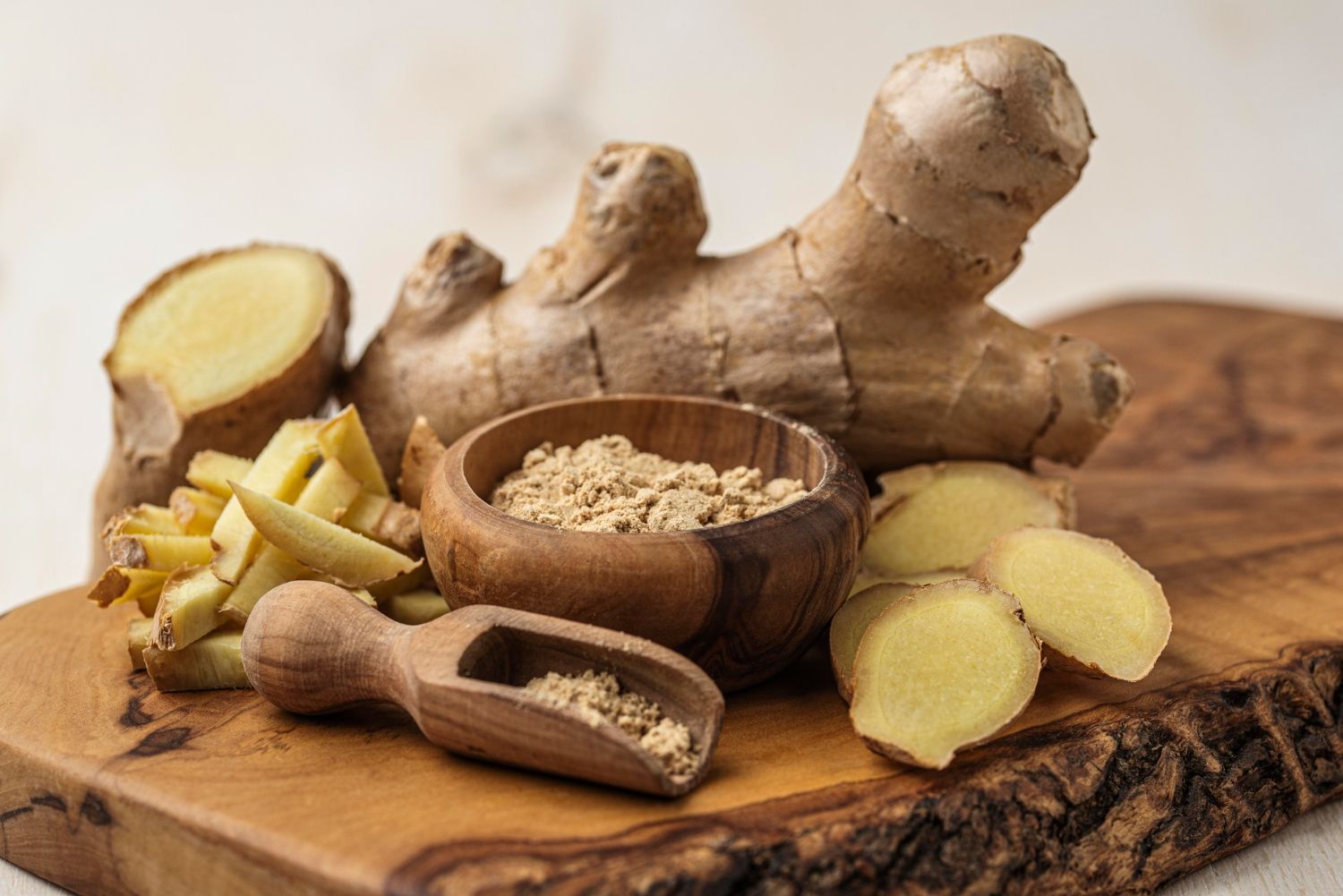Olive trees have become quite popular in Florida gardens, known for their resilience and the Mediterranean flair they add to spaces. Many gardeners appreciate their silvery-green leaves and delicious fruit. However, as with any plant, there are specific care requirements necessary to keep these trees thriving. One key issue that often arises for olive trees in pots is drainage problems. While these trees are tolerant of dry conditions, they don't fare well with waterlogged soil. Poor drainage can quickly lead to a host of issues, impacting the overall health of these prized plants.
Identifying and addressing drainage problems is crucial for anyone hoping to cultivate healthy olive trees in Florida. This involves understanding the unique needs of these trees and ensuring that their environment supports robust growth. By focusing on the specifics of olive tree care, especially concerning drainage, gardeners can enjoy the beauty and bounty of their trees for years to come.
Understanding Drainage Needs for Olive Trees in Florida
Olive trees thrive best when planted in well-drained soil, which mimics their native Mediterranean environment. This is because they have evolved to grow in regions where rainfall is sparse and porous soil prevents water from pooling. In Florida, gardeners may face the challenge of sandy or clay-heavy soils, which either drain too quickly or retain too much moisture. Ensuring good drainage is therefore essential.
When olive trees are placed in containers, the importance of proper drainage becomes even more apparent. In a pot, without natural groundwater flow, excess water can quickly lead to root rot, a condition that damages roots and hampers the tree's ability to absorb nutrients.
So, how can you tell if your olive tree is struggling with drainage? Look for signs such as yellowing leaves, a musty smell from the soil, or roots that appear dark and mushy. These are symptoms that the tree is sitting in waterlogged soil. Ensuring your potted olive tree has the right drainage system means selecting the proper pot with adequate drainage holes and using a soil mix that promotes air circulation around the roots. Adding components like sand, perlite, or small gravel to the soil can help prevent water from collecting at the bottom of the pot, providing the well-drained conditions olive trees love.
Identifying Poor Drainage in Your Potted Olive Trees
Recognizing signs of inadequate drainage is key to maintaining healthy olive trees. Yellowing leaves can be an early indication that something's amiss. It's often a warning sign that the roots aren't getting enough oxygen due to soggy soil conditions. Additionally, if you notice a damp, musty smell emanating from the pot, it can be a signal of waterlogged roots. This can lead to root rot, a serious problem that weakens the tree. To inspect for root rot, gently remove the tree from its pot and check for dark, mushy roots. Catching these issues early can make all the difference in saving your tree.
Here are some common indications of poor drainage in potted olive trees:
- Yellowing leaves
- Musty odor near the base
- Dark and mushy roots when inspected
- Water pooling at the bottom of the pot
By being vigilant and taking quick action, you can steer clear of these issues and keep your olive trees healthy.
Solutions for Improving Drainage in Potted Olive Trees
Fixing drainage problems in potted olive trees isn't as complicated as it might seem. Start with selecting the right pot. Ensure it has sufficient drainage holes at the bottom. This allows excess water to escape rather than sit at the roots. Pairing your pot with the right soil mix is equally important. Use a blend of soil that incorporates elements like sand, perlite, or small stones, which aid in better water flow and prevent compact soil from trapping moisture.
Here are some practical tips to enhance drainage:
- Choose the right pot: Make sure it has several drainage holes.
- Use a well-draining soil mix: Incorporate sand or perlite to improve aeration.
- Add gravel or stones: Place them at the bottom of the pot to facilitate water movement.
- Water wisely: Stick to a watering schedule that suits the tree’s needs rather than a fixed routine, reducing the chance of overwatering.
Watering practices play a big role as well. It's better to water deeply and less frequently. This encourages roots to grow deeper and stronger, reaching for the available moisture. Monitor the soil's moisture level by sticking your finger into the first couple of inches; if it feels dry, it's time to water. A thoughtful combination of these methods will keep your olive trees happy and healthy.
The Benefits of Proper Drainage for Olive Trees in Florida
Having the right drainage setup is like giving your olive tree a passport to better health. Proper drainage fosters an environment where roots can breathe and grow strong. When the soil allows for good airflow, the roots stay healthier, ensuring the tree absorbs all the nutrients it needs. This leads to a better overall appearance and a higher chance for successful fruit production.
Moreover, by avoiding waterlogged conditions, you reduce the risk of fungal infections that thrive in moisture-rich environments. Your tree stands a better chance against diseases and becomes more resilient over time. With good drainage, your olive tree is set to thrive, providing lush foliage and potentially even olives, adding both beauty and bounty to your garden.
Naturally, with all the right conditions in place, your olive trees will reward you for your efforts. Watching them grow can be a fulfilling experience, as you enjoy the vivid greenery and the serene ambiance they bring to your garden space.
For more insights into how you can keep olive trees thriving in Florida, check out Sunshine State Vanilla's collection of resources. Explore our offerings and discover how
olive trees in Florida can enhance your garden's beauty and productivity with proper care. Let Sunshine State Vanilla guide you in cultivating a lush, vibrant landscape.


